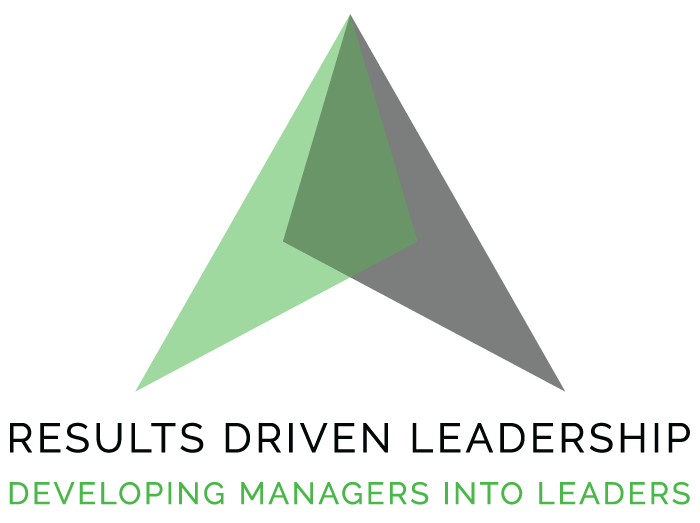TABLE OF CONTENTS
Dear business owners, managers, and leaders-in-the-making…
Welcome to the grand symphony of effective meetings. In this comprehensive masterclass, we’re not merely looking at how to endure a corporate gathering but how to make it resonate with the harmonious chords of productivity and collaboration. Brace yourself for a deep dive into management training, sprinkled with practical leadership development tips and spiced up with a dash of entertaining anecdotes. Time to transform your meetings from tedious solos into harmonious symphonies. Let’s raise the baton, shall we?

1. Set the Symphony’s Theme: Identify Your Objective
The cornerstone of any successful meeting is a clearly defined objective, the guiding beacon or, to stick with our symphony analogy, the theme. Before you even consider assembling your team, be crystal clear about the purpose of the meeting. Are you aiming to carve out a decision, stir up a brainstorm, align your virtuosos to the same score, or perhaps chase an objective as elusive as the perfect melody?
Without a well-articulated objective, your meeting risks turning into a disjointed jam session where everyone plays their own tune. To ensure good meetings, outline the desired outcome clearly. For instance, “By the end of this meeting, we will have decided on the marketing strategies for Q4,” or “We will have identified the hurdles in Project X and brainstormed potential solutions.” This clarity sets the stage for the team to play together, moving in rhythm towards the defined goal.
2. Compose the Score: Reframe the Agenda
Next up, we’ll tackle the composition of your meeting – the agenda. Instead of a bland and monotonous list of topics, consider each agenda point as a note in your symphony, contributing to the overall melody. Rather than stating, “Project X” as an agenda item, transcribe it into a compelling question, like, “What crescendos and diminuendos are we experiencing in Project X?” This slight tweak serves two purposes: it piques your team’s curiosity and primes their problem-solving skills even before the meeting commences.
The key to a well-crafted agenda lies in its balance. Too light, and it lacks substance; too heavy, and it becomes overwhelming. Aim for a composition that provides enough fodder for thought, yet maintains brevity to ensure focus.
3. Select Your Orchestra: Assemble Your Team
Now, onto the critical task of assembling your orchestra – a skill that distinguishes a proficient leader from a novice. The charm of a bustling meeting might seem appealing, but the reality is far from it. The more attendees, the higher the chances of distractions, discord, and diversions. Remember, your meeting is not a sold-out concert but an intimate jam session.
So, who gets the golden ticket? Extend your invites to only those individuals whose roles are inextricably tied to the meeting’s objective. This selectivity streamlines communication, ensuring a focused and purposeful discussion. Besides, smaller groups often lead to better collaboration, as each member feels more responsible and engaged in the meeting’s outcomes.

4. Tuning Up: Prepare Your Team
A well-rehearsed orchestra ensures a seamless performance; the same applies to meetings. Prior preparation paves the way to a productive gathering. Along with the meeting invite and agenda, provide any necessary information, data, or documents that team members will need to contribute effectively.
Encourage pre-meeting collaboration, perhaps through a shared document where team members can jot down their initial thoughts, ideas, or questions. This encourages everyone to ponder the agenda in advance, leading to a more engaged and fruitful discussion when the meeting occurs.
5. Conduct the Symphony: Facilitate the Meeting
With your meeting objective, agenda, and team ready, it’s time to pick up the baton and conduct your symphony. However, don’t rush to hit the high notes just yet. Begin by reinforcing the purpose of the meeting. This step ensures everyone is in tune with the goal and keeps the meeting from veering off into a freestyle jam session.
Establishing ground rules can significantly enhance the harmony of your meeting. Set expectations for respecting speaking times, listening actively, and contributing constructively. Emphasize the importance of collaboration and collective problem-solving. This shared understanding sets a positive and productive tone for the meeting, fostering a supportive environment for ideas to flourish.
Moreover, as the meeting facilitator, your role extends beyond merely ensuring the meeting runs smoothly. Keep an ear out for the undertones and subtleties of the discussion. Is there a hidden concern that needs addressing? Is someone’s unique perspective being overshadowed? Are the quieter voices being drowned out by, the louder ones? A good meeting conductor ensures every voice is heard and every idea is considered, leading to a rich and inclusive dialogue.
6. Interlude: Addressing Diversions
Even with the most meticulous planning and preparation, meetings can sometimes veer off course. Diversions, whether in the form of off-topic discussions or dominating voices, can disrupt the rhythm of your meeting. As a leader, it’s essential to tackle these situations tactfully.
If the conversation strays from the agenda, gently steer it back by reminding the team of the meeting objective. For instance, you might say, “That’s an interesting point, but perhaps we can explore it further outside of this meeting as our focus right now is on X.”
Similarly, if a team member begins to dominate the conversation, ensure others have an opportunity to contribute. You could say, “Thank you for your input; we appreciate your enthusiasm. Let’s hear from others to gather a variety of perspectives.”

7. Finale: Wrap Up Effectively
A good meeting isn’t merely about effective collaboration during the meeting; it’s about ensuring the rhythm continues even after the final note has been played. Summarize key points, decisions made, and next steps at the end of the meeting. This wrap-up serves as a quick recap, ensuring everyone is aligned on the outcomes of the meeting.
Assign clear tasks and responsibilities, with set deadlines where necessary. A task without a responsible person is like a tune without a musician to play it. The more specific you can be about who is doing what and by when, the higher the chances of action being taken.
8. Encore: Follow Up Post-Meeting
The end of the meeting is not the end of the story. In fact, it’s the beginning of a new chapter where decisions are implemented and ideas come to life. Send out a post-meeting summary or minutes, capturing the essence of the meeting and providing a reference point for everyone.
Your follow-up should reiterate tasks, responsibilities, and deadlines, providing everyone with a clear view of the path ahead. Additionally, this document serves as a valuable resource for those unable to attend and for future reference.
So, there you have it, brave business owners and rising leaders. The intricate dance of managing effective meetings, fostering collaboration, and getting things done right is no small feat. Yet, with the right guidance and a dash of patience, you can indeed conduct the grand symphony of productivity and harmony. Good luck with your upcoming performances; may they be the hit shows of your business journey!






